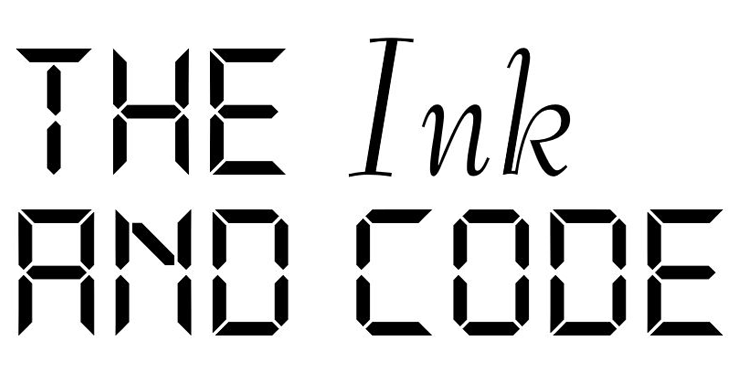Performance artist Amir Asgharnejad made a name for himself with viral videos in which he picked fights with strangers on the streets of Oslo, Norway, and got beat up. Unbeknownst to the millions of people watching the videos, the fights were staged. The strangers Asgharnejad provoked were hired actors. This antics caught the attention of a Los Angeles-based advertising firm, who wanted to build an entire energy drink campaign around Asgharnejad. Committed to see how far he could continue the ruse, Asgharnejad flew out to Los Angeles to take the job.
In Drib by Kristoffer Borgli, Asgharnejad’s advertising misadventure is recreated with the artist portraying himself. Crafting a reenactment as opposed to a straight documentary is an odd and ambitious choice. It leave room for creative liberties and extends Asgharnejad’s style of blending the real and the fake. There’s a playful tone despite being routed in the revelry of violence. Early on, Asgharnejad speaks of the influence of Andy Kaufman, which is apparent throughout. He wanted to do for viral fight videos what Kaufman did for professional wrestling, which included casting himself as the villain. The major difference between the two men is charisma. Kaufman was a star, one you couldn’t look away from even if it hurt your eyes to keep watching. Asgharnejad is quiet and unassuming. He’s not inclined to be the center of attention and appears uncomfortable at times when he is. At least, that is how he chose to portray himself in Drib.
In the film, he’s joined by Brett Gelman, who steals the show as Brady Thompson, the ad agency’s creative director who conceived the campaign. He plays the perfect, obnoxious, creative type with such awful delight. He’s simultaneously a caricature and an all-too-real portrayal. And then there’s the curious inclusion of Adam Pearson as himself. An actor and activist, Pearson suffers from severe facial disfigurement. You may remember him from Under the Skin with Scarlett Johansson. Like Asgharnejad, Pearson is involved with a campaign at the agency. I cannot fully wrap my head around his purpose in the film, but he’s such a compelling character that I would like to see an entire film about his life.
Despite the film’s many charms, it falls short. Asgharnejad’s backstory is inherently more interesting than the film’s focal point of the ad campaign, which ultimately never comes to fruition. Without that pay-off, the film just ends. We’re left with a fun skewering of the ad industry, but that feels like too easy of a target when we have a subject like Asgharnejad. A larger conversation about the culture he tapped into with his initial fight videos would have made for a much stronger film.

